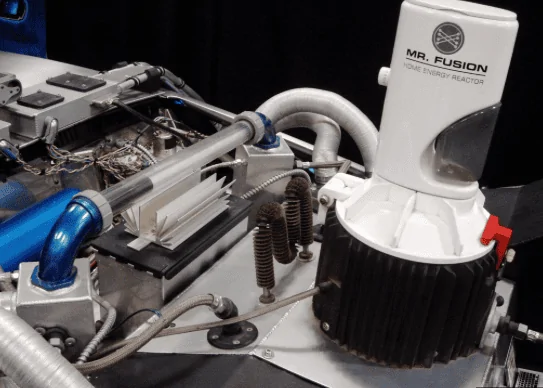Jim Lewis
Well-known member
- First Name
- Jim
- Joined
- Jan 10, 2023
- Threads
- 50
- Messages
- 974
- Reaction score
- 917
- Location
- San Antonio, TX
- Vehicles
- Honda Accord 2017; 2023 Lariat ER
- Occupation
- Retired
- Thread starter
- #1
Promises, promises, promises .... Where's the beef?!
Toyota claims solid-state EV battery tech breakthrough (electrek.co)
Ten to eighty percent in under 20 minutes?!
Toyota claims solid-state EV battery tech breakthrough (electrek.co)
Ten to eighty percent in under 20 minutes?!
Its “further evolution” includes a high-performance battery that combines a bipolar structure with a high nickel cathode to increase cruising range by 10%, reduce costs by 20%, and offer quick charging (10% to 80%) in 20 minutes or less.
Sponsored


